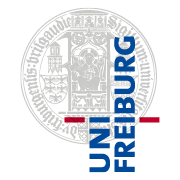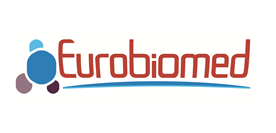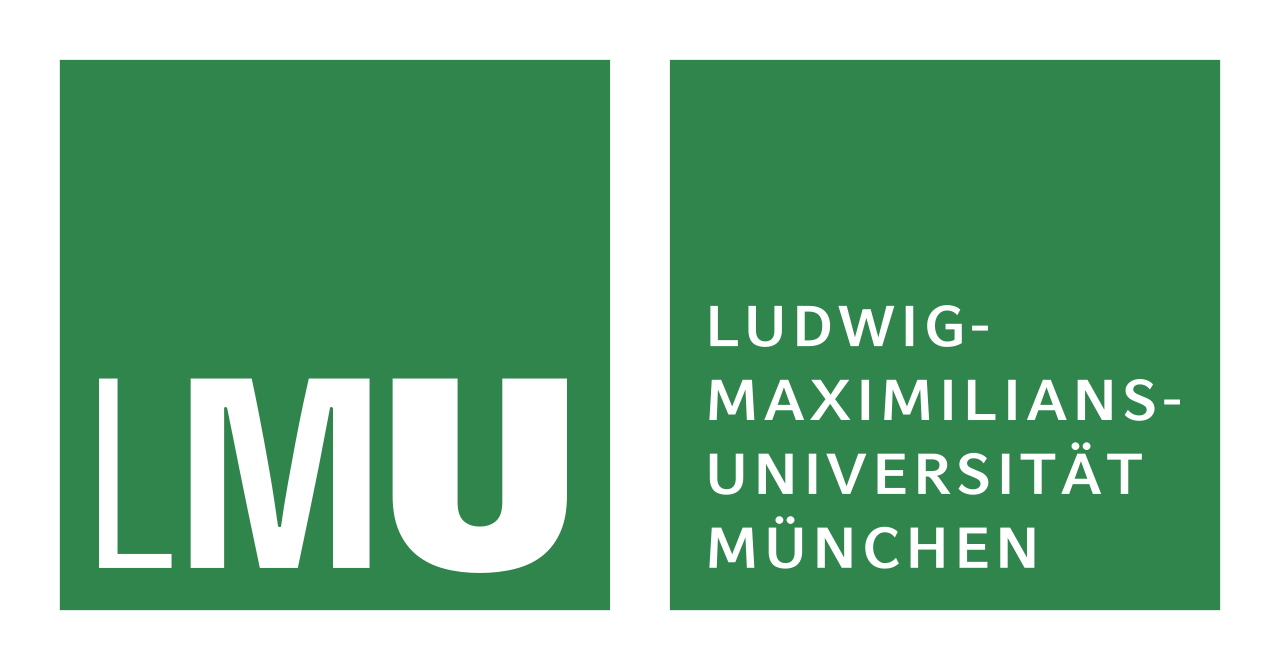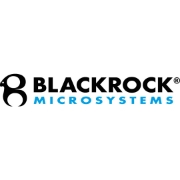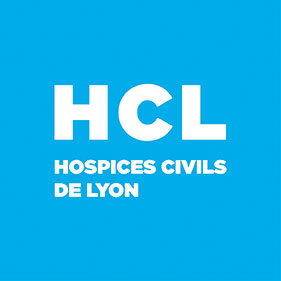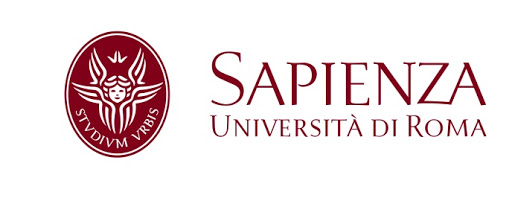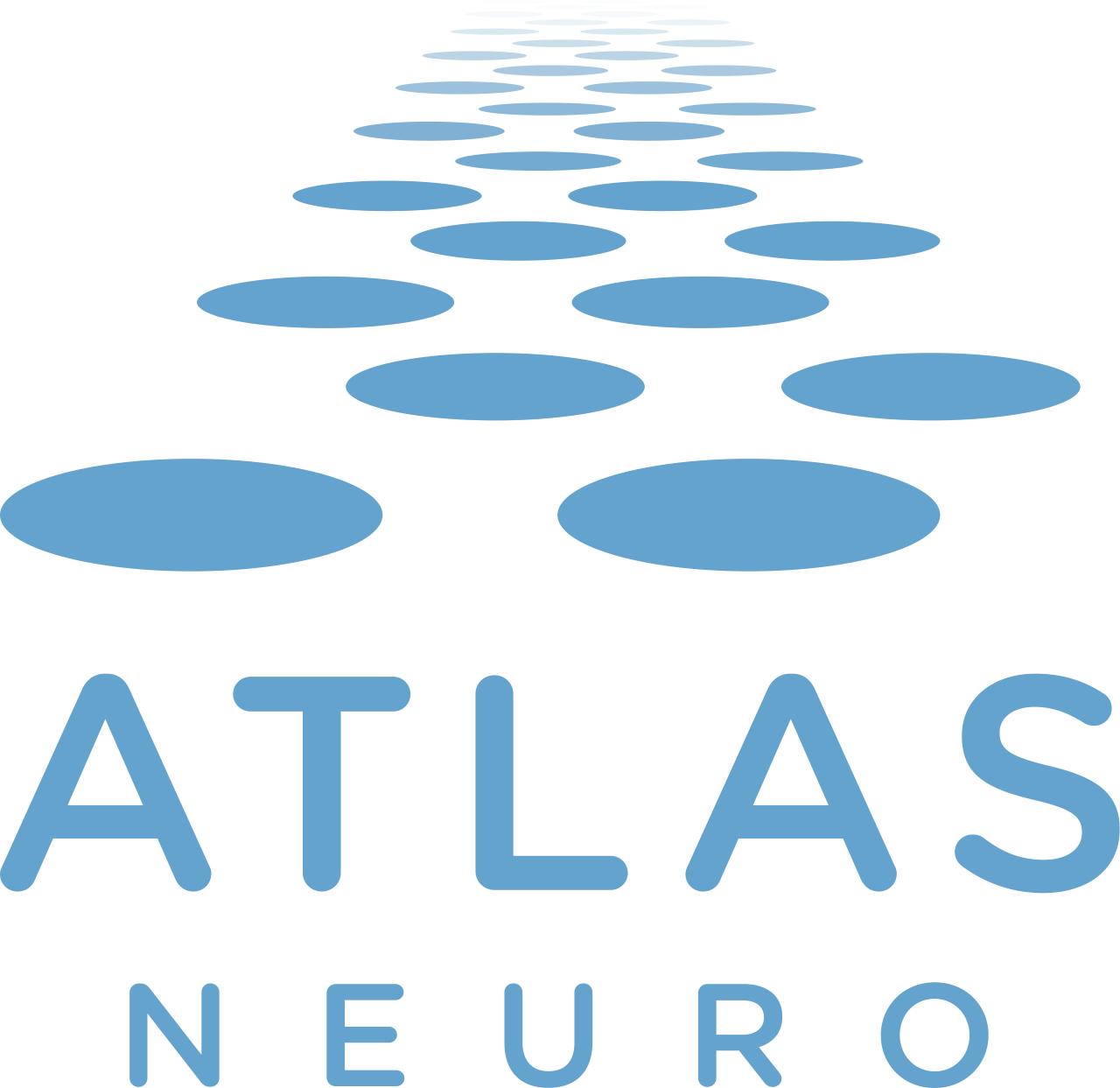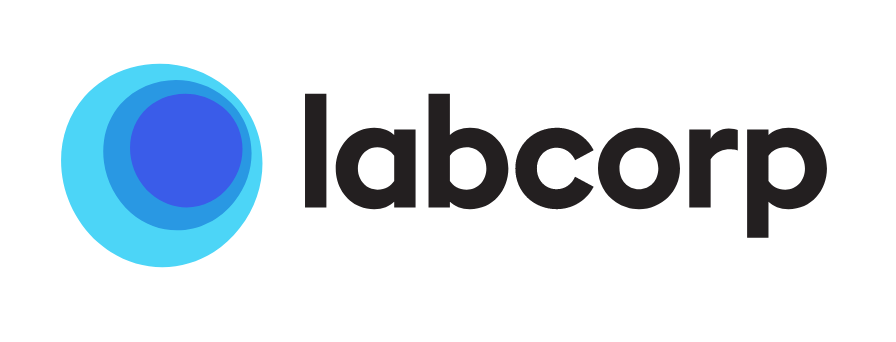ESR 13
Design and development of a chronic, long-term stable, drivable, deep brain probe system for non-human primates
- Early Stage Researcher 13 (ESR 13) name: Ivânia Trêpo
Email address: trepo@atlasneuro.com
Personal Information:
Ivânia studied Microelectronics and Nanotechnology Engineering at the Nova University of Lisbon, Portugal. Meanwhile, Ivânia also did some internships in the International Iberian Nanotechnology Laboratory (2018, Braga - Portugal) and in Fraunhofer IWS (2018 - Dresden, Germany). Her Master Thesis entitled “Transparent and flexible ECoG electrode arrays of metallic nanostructures for neural recordings”, developed in CENIMAT|i3N & Champalimaud Foundation, was awarded with the “Sociedade Portuguesa dos Materiais Award” being distinguished as the best Portuguese Master Thesis in Materials Science. Nowadays, Ivânia's main focus is developing deep brain probe systems for non-human primate research.
LinkedIn: https://www.linkedin.com/in/ivania-trepo/
- Host Institution: ATLAS Neuroengineering & University of Freiburg - IMTEK
- Supervisors: Dr. Arno Aarts, Dr. Patrick Ruther, Prof. Oliver Paul.
- Project title: Design and development of a chronic, long-term stable, drivable, deep brain probe system for non-human primates
- Project description:
Ivânia’s PhD research focuses on developing flexible microelectrode arrays and novel insertion mechanisms that enable neuroscientists to implant neural probes into deep and difficult-to-reach brain regions of non-human primates. Her work comprises three main projects:
-
-
- Flexible microelectrode array implantation mechanism for chronic brain interfacing in the non-human primate brainstem. This project delves into the microfabrication of long, thin flexible probes, containing 32 iridium oxide electrodes. These probes are designed to be implanted approximately 50 mm deep into the reticular formation of a macaque rhesus monkey using a specific insertion mechanism. The probe has been validated in a chronic experiment in which recordings were performed over a 10-week period.
- Angular implantation method for flexible neural probes in non-human primates. This project introduces an innovative implantation mechanism for delivering flexible polyimide-based neural probes at brain locations that are impossible to reach using a linear implantation track. It includes the design of a specific recording chamber, and an angular adapter tailored for non-human primate implantations. By using standard neuroscientific equipment adapted to the project’s needs, the system is able to implant a flexible and delicate probe under a wide range of different implantation angles. The target region in question is the ventral portion of the primary visual cortex (V1), where the skull ridge and underlying muscle layers make conventional recordings impossible.
- Nasopharyngeal electrode array for non-invasive spinal cord recordings. This flexible probe consists of a state-of-the-art microfabricated electrode array specifically designed for sensing neural activity of the macaque spinal cord via the nasal cavity. The probe is inserted into the nasal cavity via an endotracheal tube and carefully directed towards the nasopharynx. This non-invasive approach leverages the anatomy of the nasopharynx, allowing access to the spinal cord and adjacent neural regions without requiring open surgery.
-
Contact: email Dr Aarts, email Dr Ruther
More information:
- Secondments:
(1) Hospices Civils de Lyon, 04-06-2022 to 02-07-2022
My background is Microelectronics and Nanotechnology Engineering, and I’m currently working in the Neuroengineering field. Therefore, bridging the gap between these two fields – Engineering and Neuroscience – appears to be very important in the scope of my PhD project. My activities consisted of visiting some labs (with different animal models: rodents, macaque monkeys and rabbits), working alongside some neuroscientists, and perform magnetoencephalography (MEG) recordings and magnetic resonance imaging (MRI) on some probes and materials I work with. I was also lucky enough to observe a neurosurgery where brain electrodes were implanted on a human patient. One of the aspects that inspired me the most was the symbiosis between the field of neuroscience and engineering, and the amazing outcomes and findings that can result from this collaboration. This secondment was crucial to foster idea discussion, to receive feedback from a neuroscientific perspective of the neural probe I am developing, and especially to learn a lot from several researchers working on different projects. Overall, my stay at Hospices Civils de Lyon was an enriching and productive experience from both a professional and personal point of view.
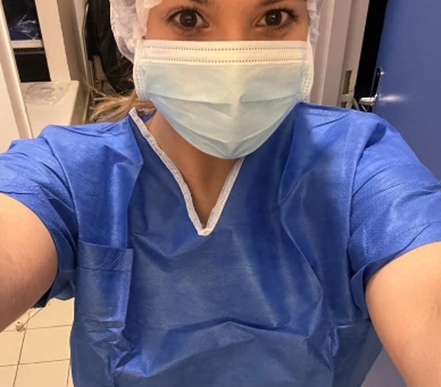
Selfie of ESR 13 before entering the operatory room to observe electrode implantation on a human patient.
(2) University of Newcastle, spread over June 2023, October 2023 and July 2024
(3) Aix-Marseille University
(4) FORTH Foundation for Research and Technology




